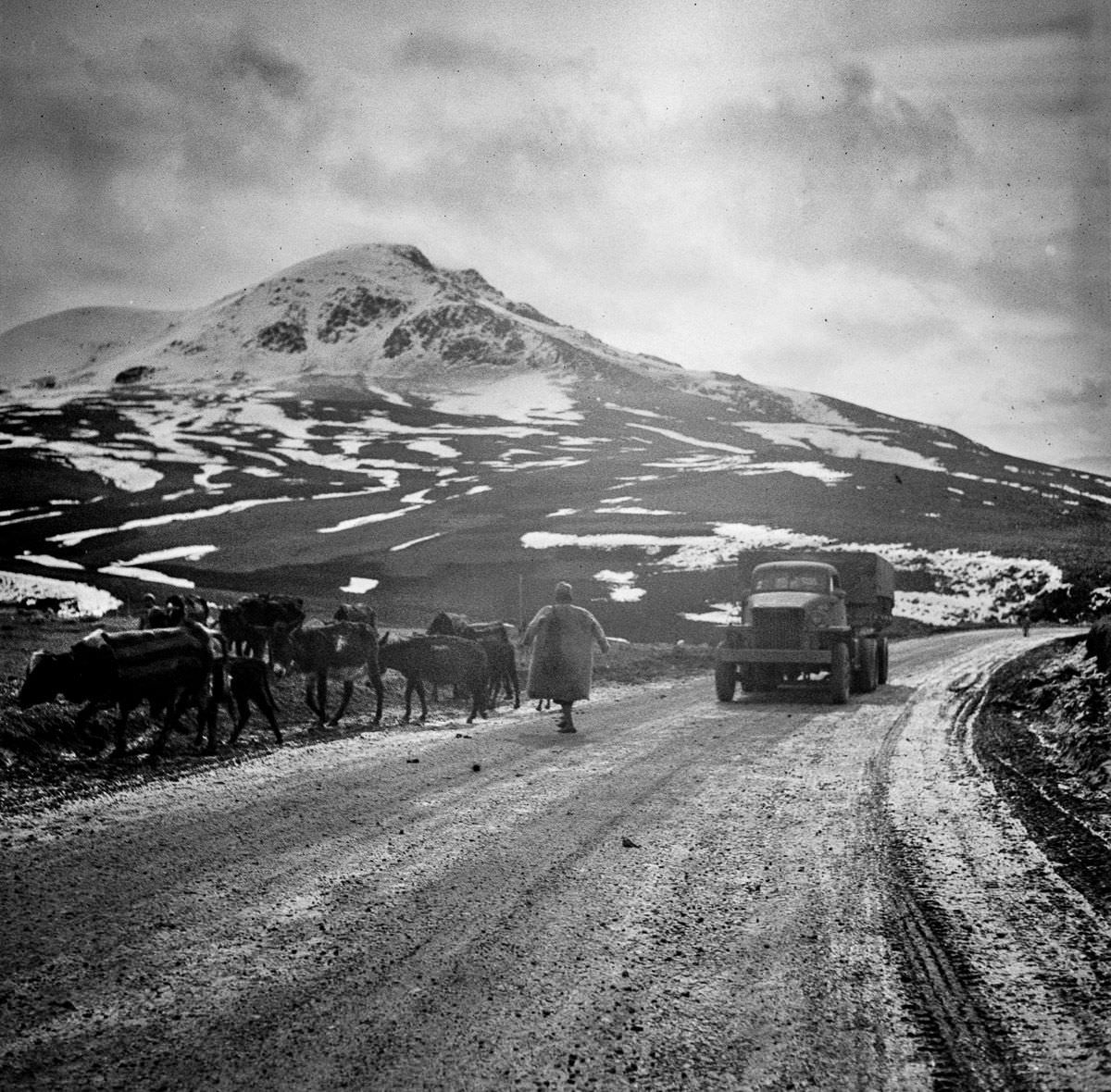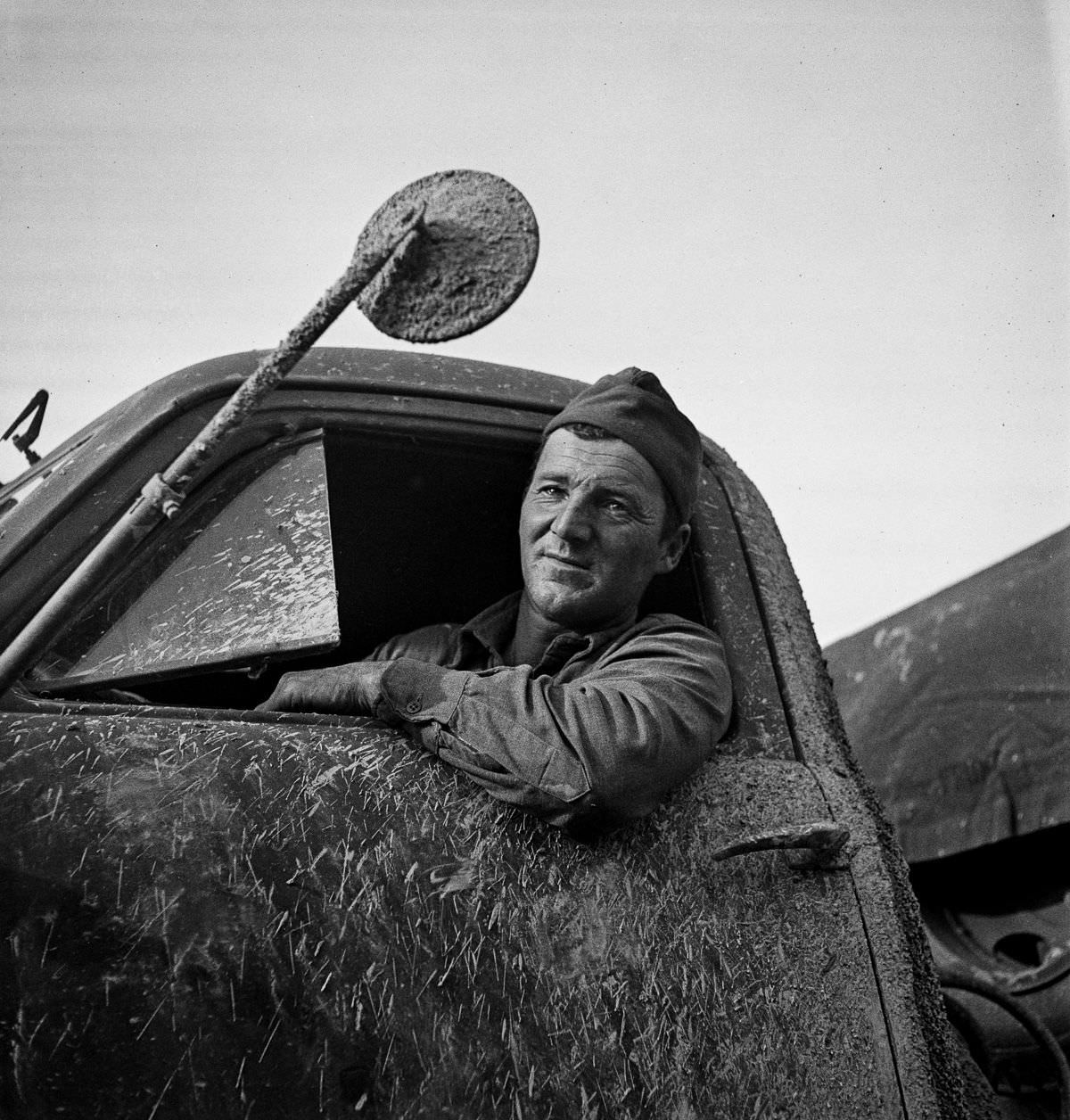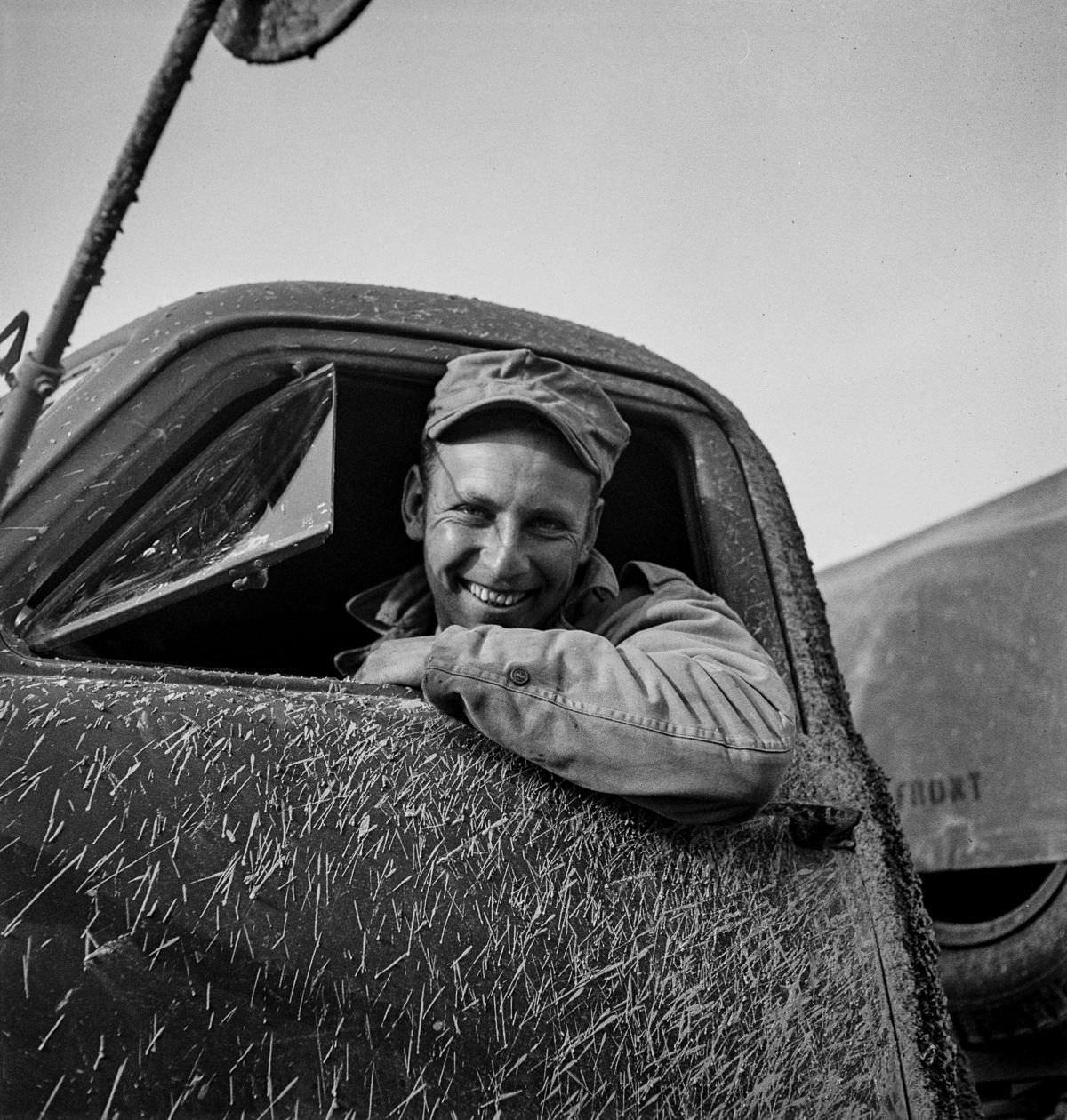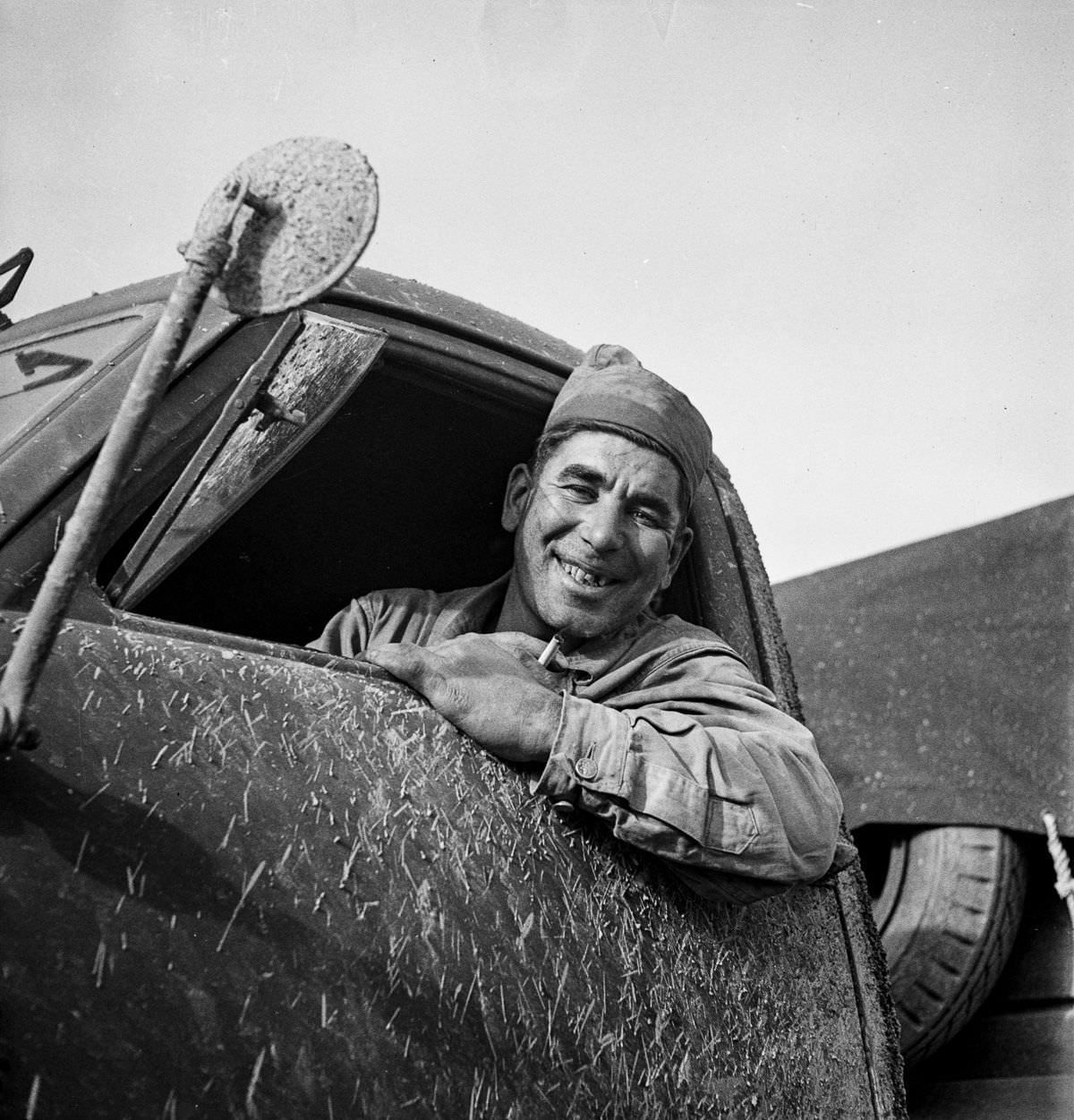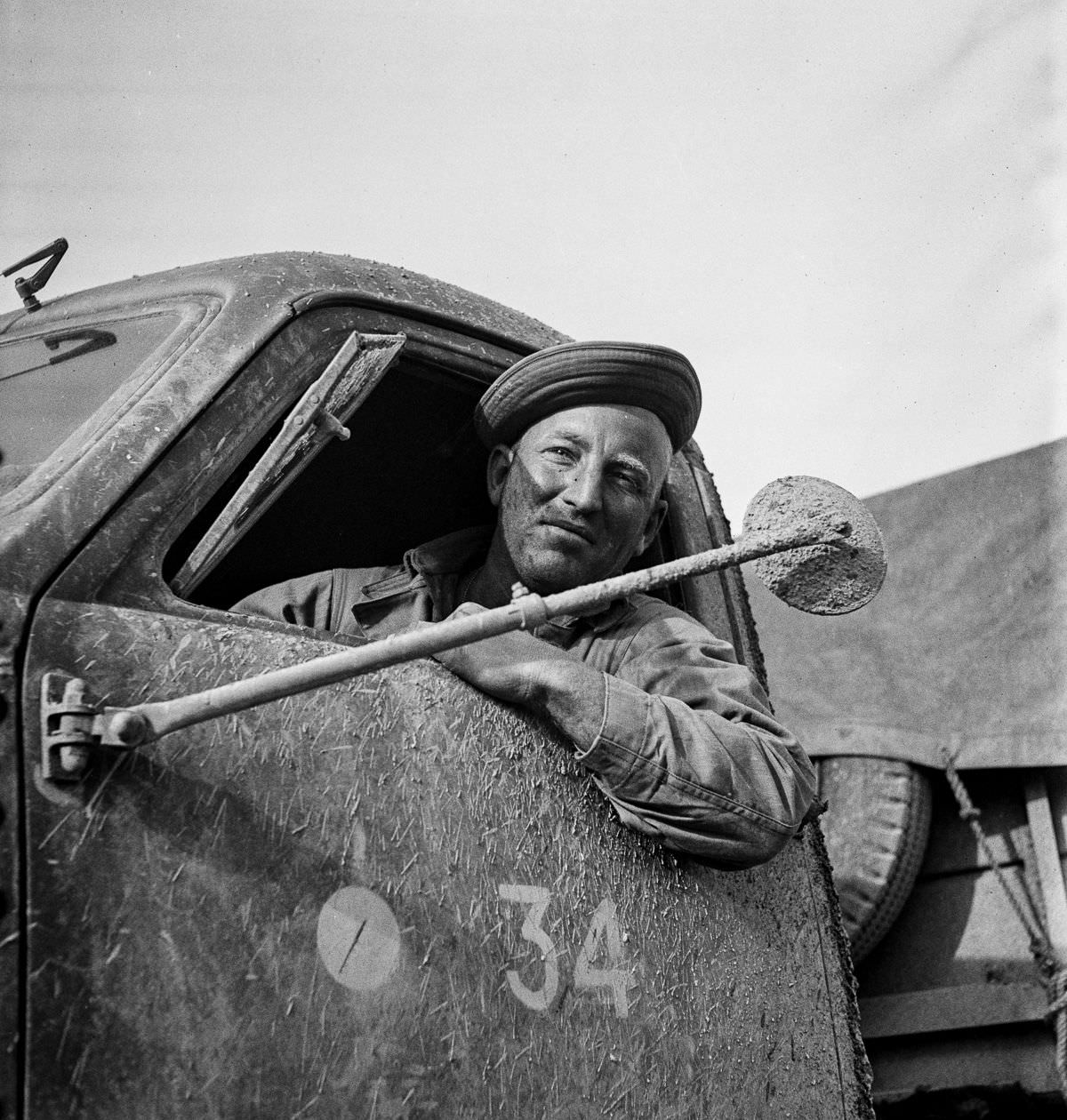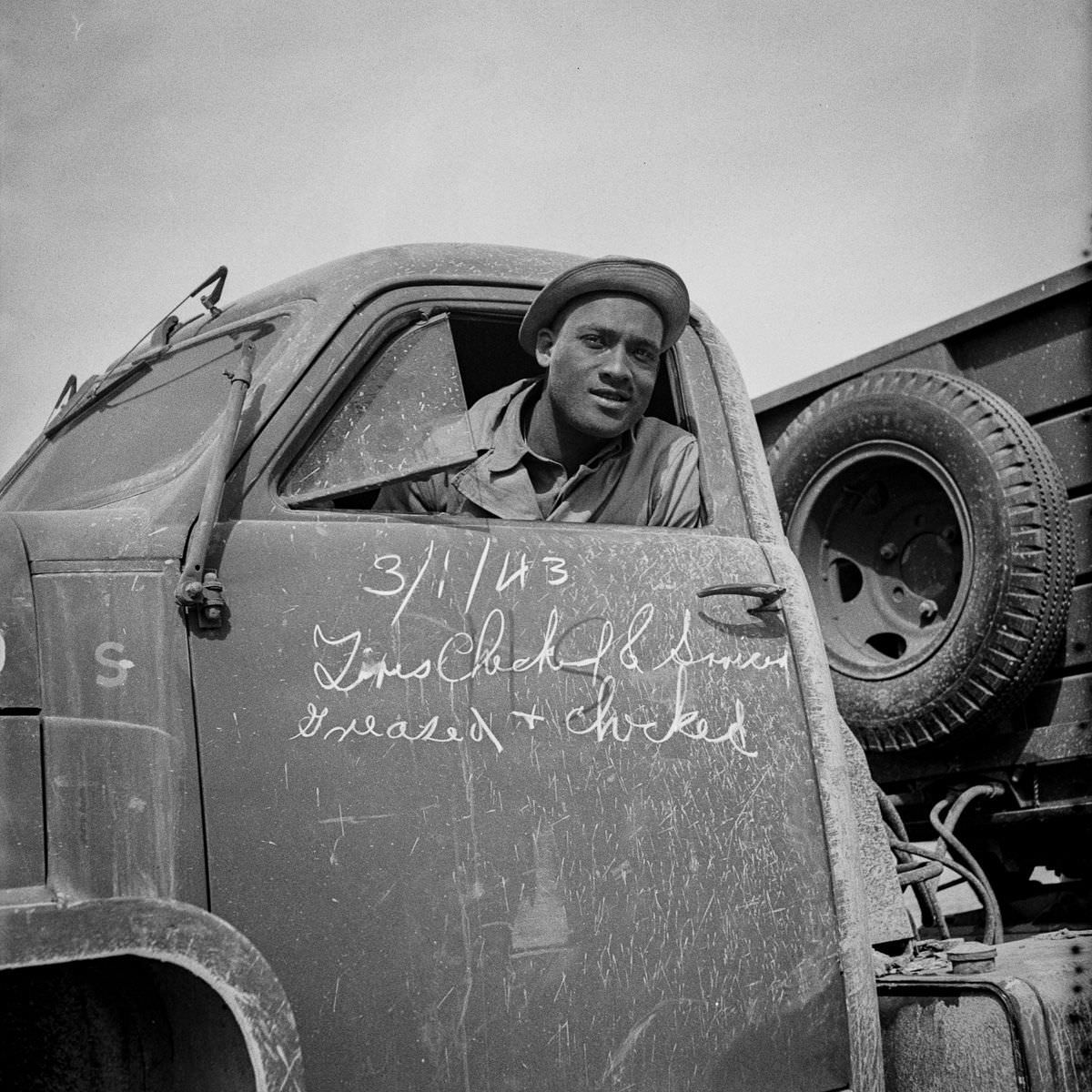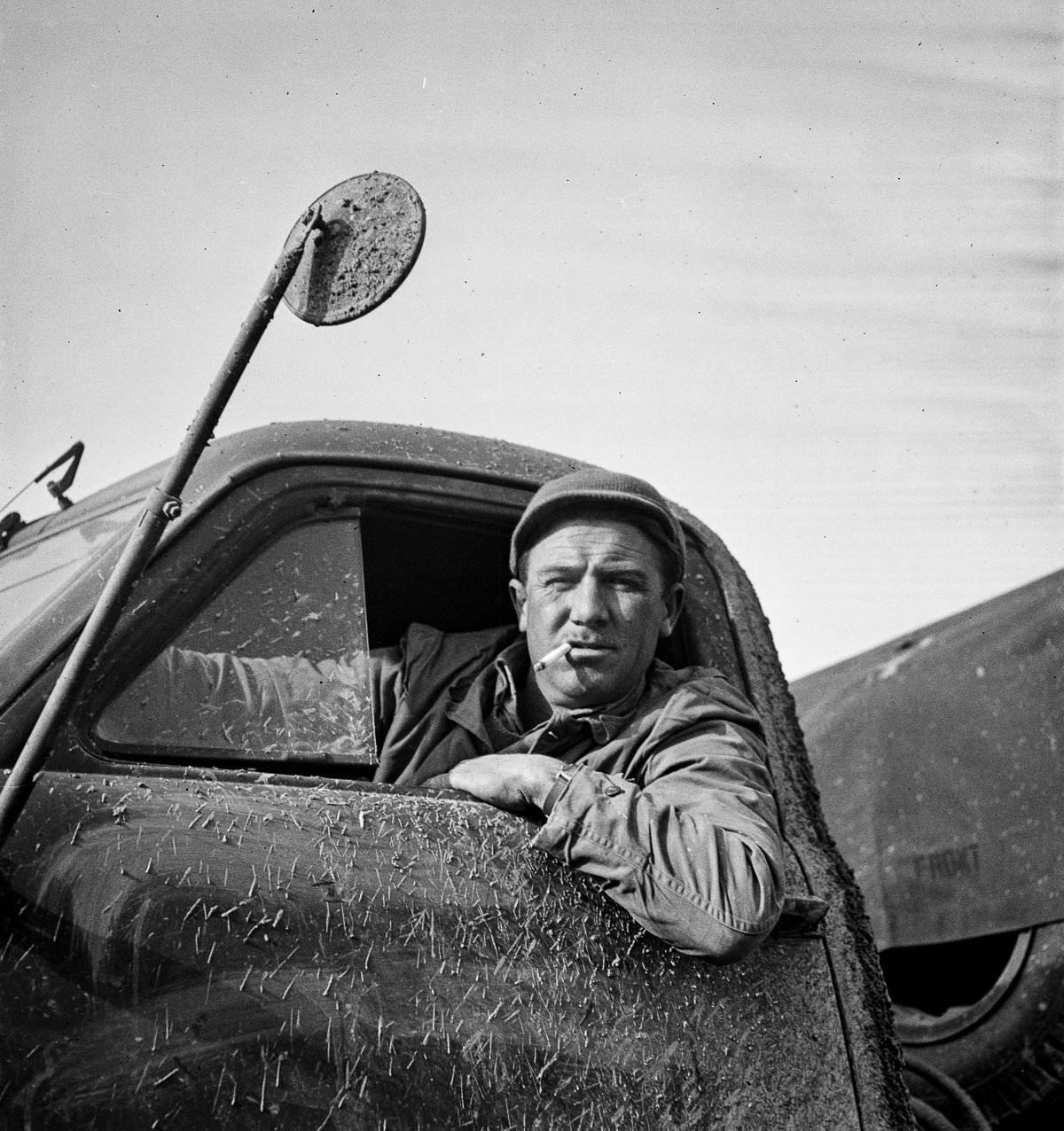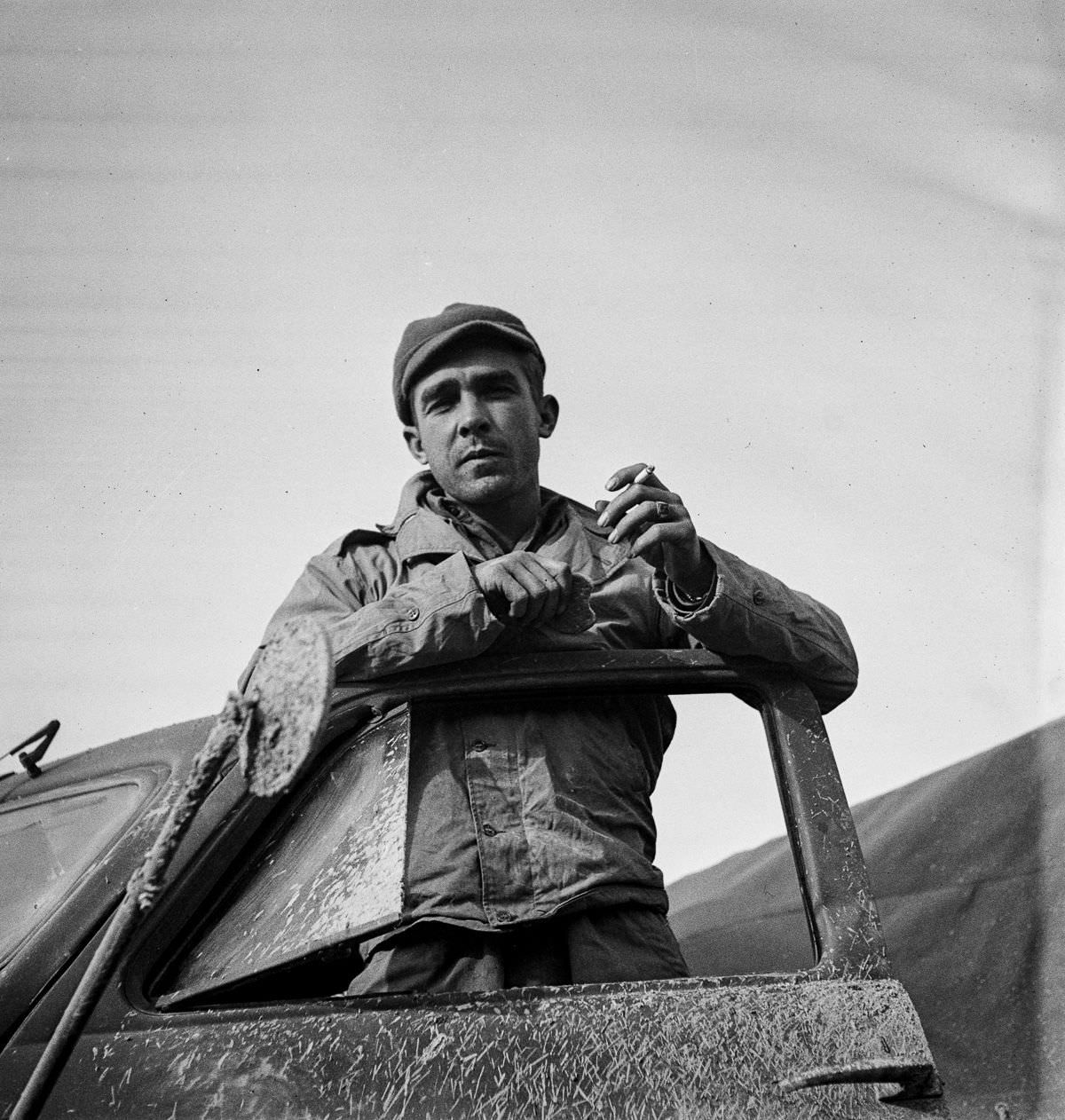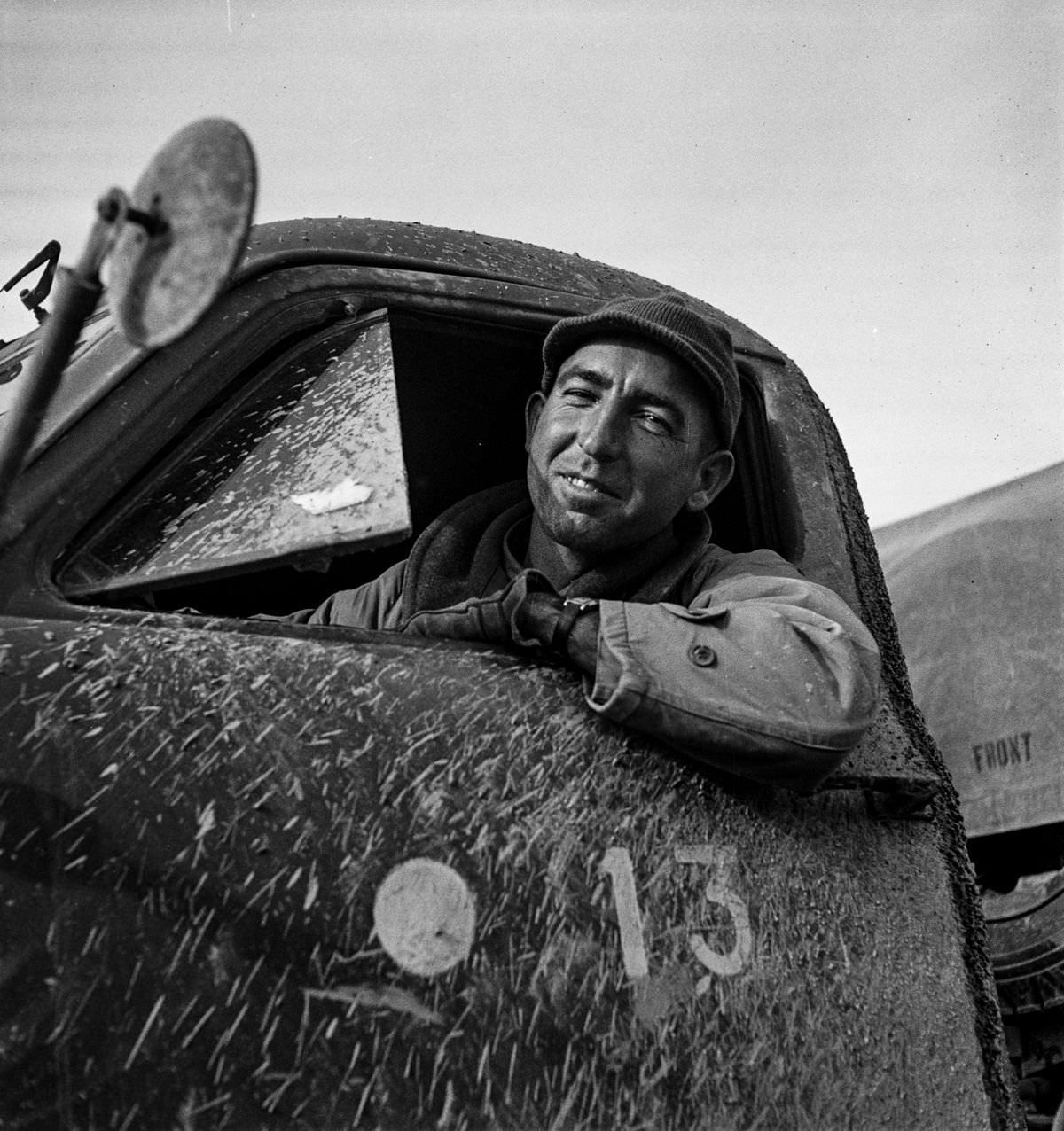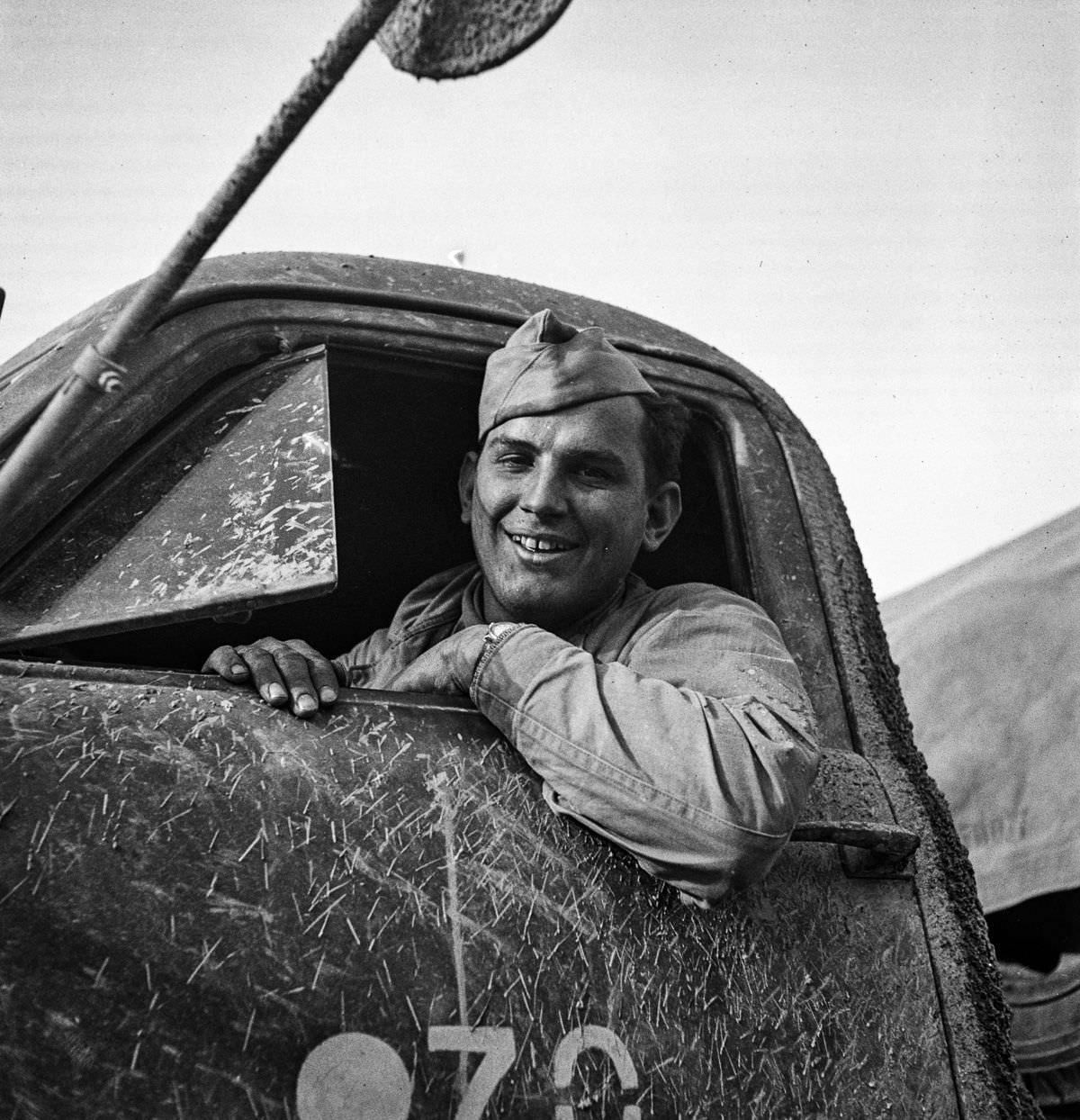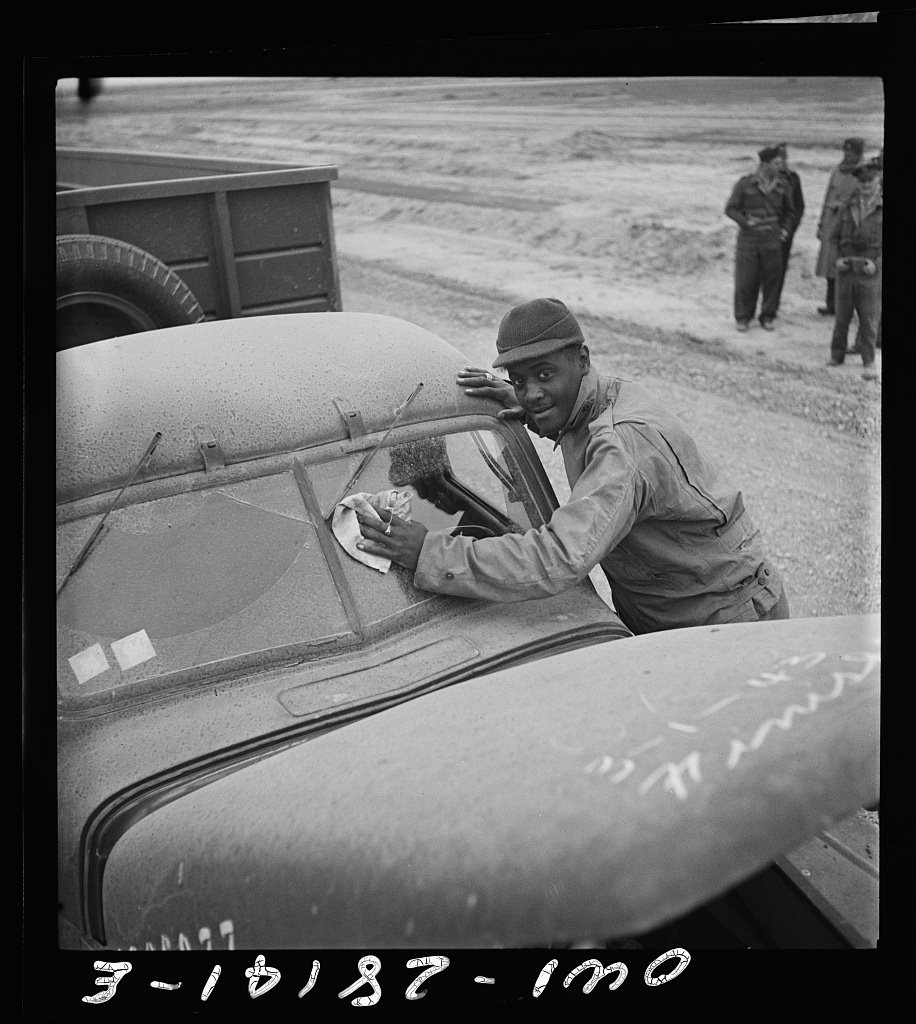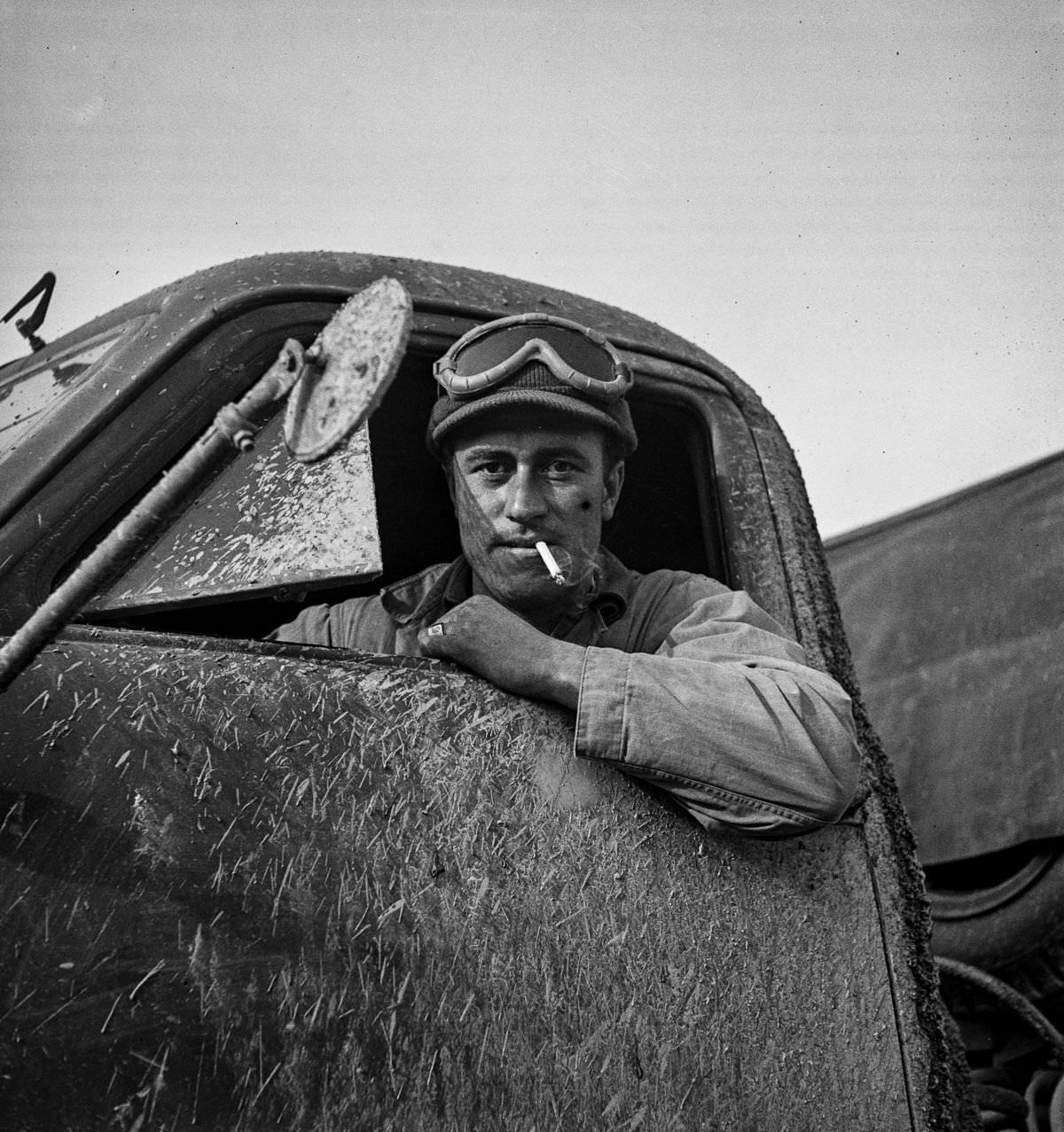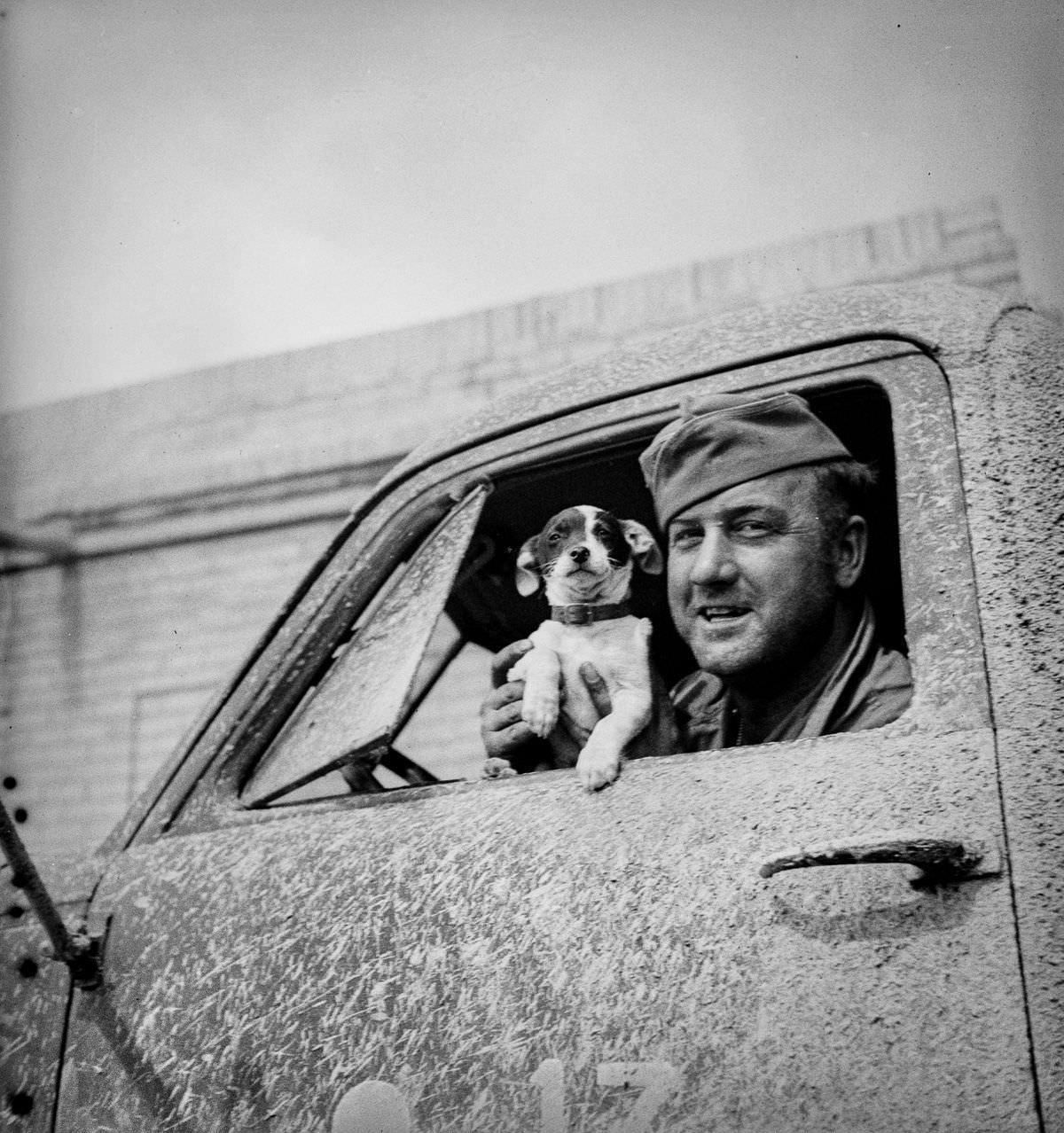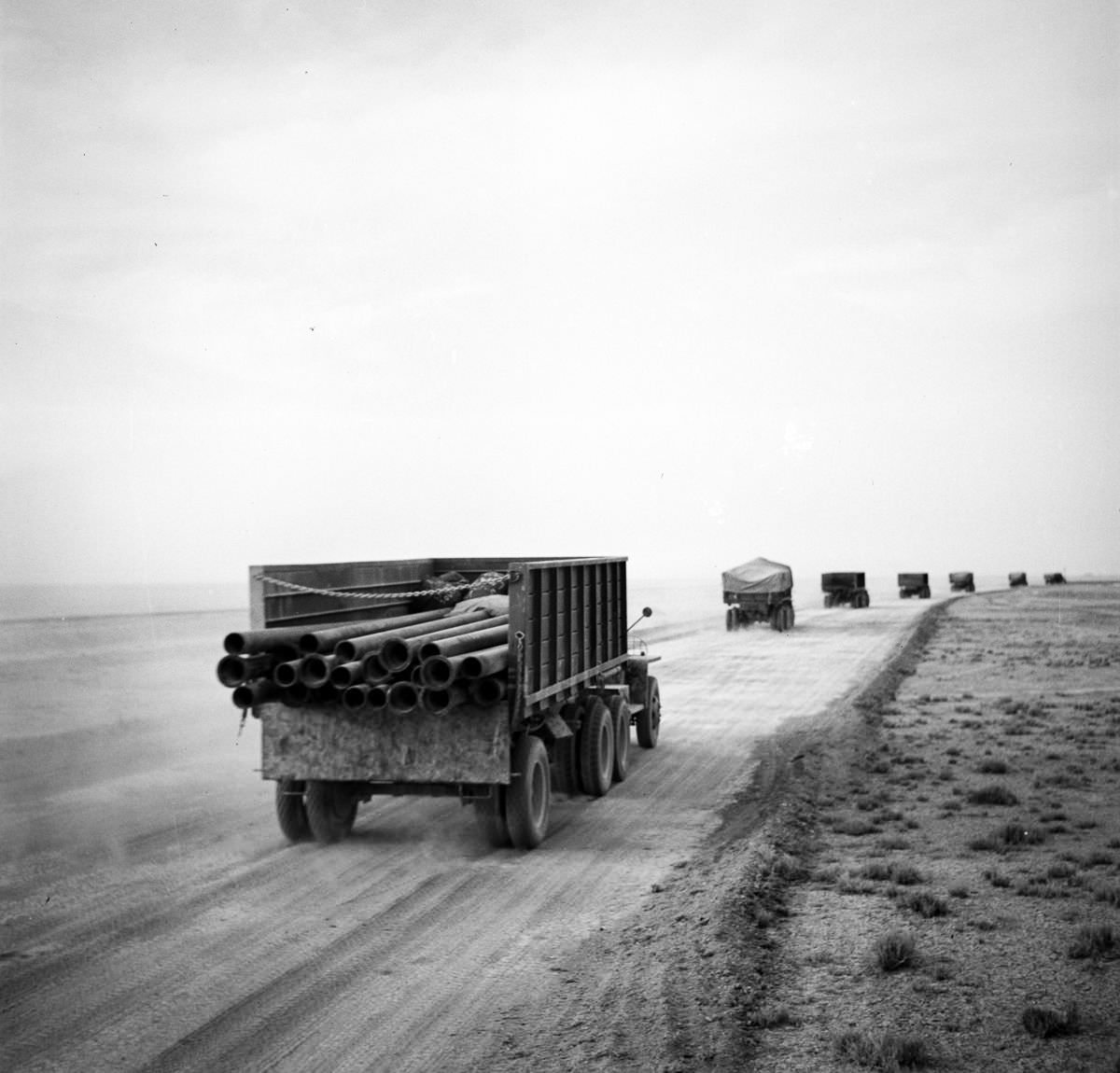During World War II, a unique alliance formed. The United States, though not yet officially at war with Germany, found itself aiding the Soviet Union, a nation with a vastly different ideology. The common enemy, Nazi Germany, brought these unlikely allies together in a shared fight against tyranny.
One crucial aspect of this alliance involved supplying the Soviets with the materials they desperately needed to resist the German onslaught. This is where the Persian Corridor came into play. Stretching from the Persian Gulf ports through Iran to Soviet Azerbaijan, this route became a lifeline for the Red Army.
In 1943, Office of War Information photographer Nick Parrino captured the faces of the men who kept this lifeline flowing: American truck drivers. These men, far from the front lines, played a vital role in the Allied war effort. Their portraits offer a glimpse into a lesser-known chapter of World War II, a story of grit, determination, and international cooperation.
Parrino’s photographs show young men, often with cigarettes dangling from their lips, their faces etched with a mixture of weariness and resolve. Their eyes, gazing directly into the lens, reflect a quiet understanding of the task at hand. They weren’t soldiers charging into battle, but their mission was no less crucial. They were the ones ensuring the steady flow of weapons, ammunition, food, and medical supplies to the Soviet forces battling the Nazis on the Eastern Front.
The Studebaker trucks they drove were more than just vehicles; they were symbols of American industrial might and a tangible expression of support for the Soviet war effort. These trucks, sturdy and reliable, traversed the challenging terrain of the Persian Corridor, navigating dusty roads and steep mountain passes. Each journey was a test of endurance, demanding both physical and mental fortitude from the drivers.


